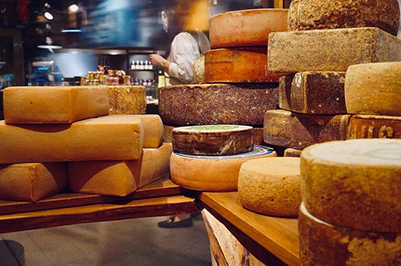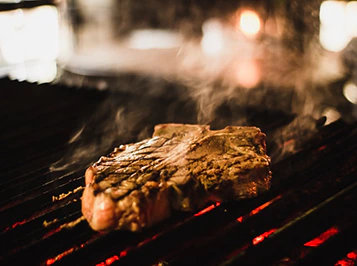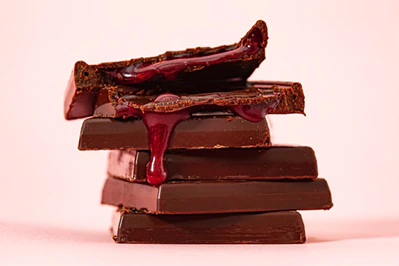| Essence |
Litholrubine BK or E180 is an artificial color (synthetic azo dye) typically used for reddish-like coloring in food. |
| Names |
Pigment Red 57, Carmine 6B, Pigment Rubine, Litholrubin BK, Lithol Rubin BK, Lithol Rubine BK, Rubinpigment BK, Permanent Rubin L6B, Brilliant Carmine 6B, CAS 5281-04-9, D&C Red No. 7, Pigment Red 57:1, Latolrubine, C.I. 15850:1, E180, Litholrubine BK, and others. |
| Sourcing |
Commercially, it is typically sourced from 2-amino-5-methylbenzenesulphonic acid. |
| Manufacturing |
The sourcing ingredient is diazotized by using sodium nitrate and hydrochloric acid. The outcome of that is mixed with 3-hydroxy-2-naphthalenecarboxylic in alkaline medium. Finally, the product of that is treated with calcium chloride to convert it to calcium salt. |
| Application |
Color (various shades of red, hot-water-soluble). |
| Acceptable Daily Intake |
It’s said to be harmless in levels up to 1.5 grams on every kilogram of body weight. Which feels terribly void of reality. It is banned in Australia and New Zealand. |
| Side Effects |
As an artificial color, it can promote cancer, skin irritation and problems, brain damage (neurotoxin), infertility, irritability, OCD, and severe allergies. It can also be the cause of hyperactivity, rashes, and asthma among others. |
| Benefits |
None. |
| Studies |
Less than 5 studies on Pubmed. Less than 5 studies on safety. |
| Allergens |
None. |
| Diet Restrictions |
None. |
| Health Knight Assessment |
Likely Seriously Harmful. | Category 5 Additive. |
| Products |
It is not very common with supplements. It is used in processed foods like cheese, sausages, spring waters, chocolates, fillets, tunas, energy drinks, cottage pies, desserts, and other foods. |



